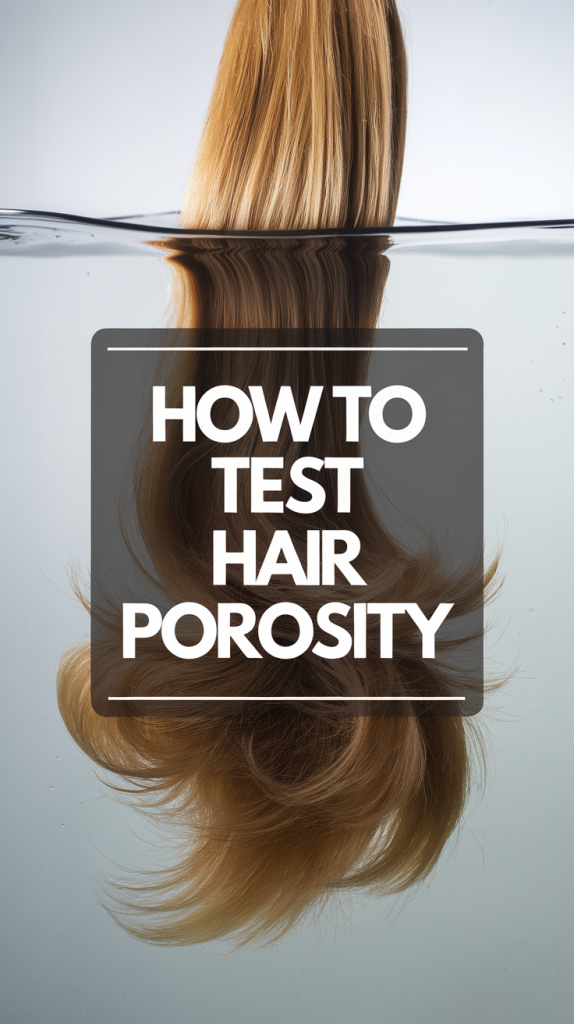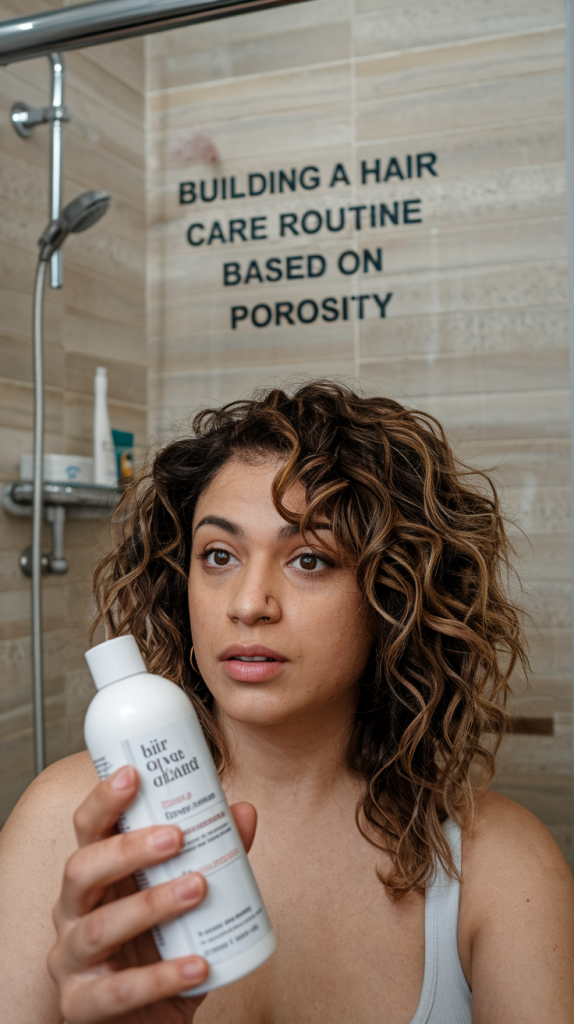How to Test Hair Porosity: A Complete Guide for Perfect Hair Care
Understanding your hair’s porosity is a game-changer in achieving healthy, manageable hair. Hair porosity refers to your hair’s ability to absorb and retain moisture, which directly impacts how well your hair responds to products and treatments. By identifying your hair’s porosity, you can fine-tune your routine for optimal results.
What Is Hair Porosity and Why It Matters
Hair porosity is determined by the condition of your hair’s cuticle—the protective outer layer of the hair shaft. The degree to which the cuticle is open or closed dictates how much moisture and product your hair can absorb. This characteristic significantly influences your hair’s health and appearance.
- Low Porosity: Cuticles are tightly packed, resisting moisture absorption. Products may sit on the surface of the hair rather than penetrating it.
- Medium Porosity: Cuticles are moderately open, allowing for a balanced intake and retention of moisture.
- High Porosity: Cuticles have gaps or are significantly raised, often due to damage. Moisture is absorbed quickly but lost just as fast, leading to dryness and frizz.

Table: Key Characteristics of Hair Porosity
| Porosity Level | Moisture Absorption | Retention | Common Challenges |
|---|---|---|---|
| Low | Slow | Good | Product buildup, dry feel |
| Medium | Balanced | Balanced | Minimal |
| High | Fast | Poor | Frizz, dryness, tangling |
How to Test Hair Porosity
Testing your hair’s porosity can be done at home with simple methods. Here are the most effective ways to find out where your hair falls on the porosity spectrum:
1. The Float Test
- Take a clean, product-free strand of hair.
- Place it in a glass of room-temperature water.
- Wait 2–4 minutes and observe:
- Floats: Low porosity.
- Stays in the middle: Medium porosity.
- Sinks: High porosity.
2. The Slip ‘n’ Slide Test
- Take a strand of clean hair and slide your fingers upward from the tip to the root.
- Smooth feel: Low porosity.
- Bumpy texture: High porosity.
- Even texture: Medium porosity.
3. The Spray Bottle Test
- Mist a section of your hair lightly with water.
- Observe how the water reacts:
- Beads on the surface: Low porosity.
- Absorbs slowly: Medium porosity.
- Absorbs immediately: High porosity.
Factors That Affect Hair Porosity
Your hair’s porosity isn’t static; it can change over time due to various influences. Understanding these factors can help you maintain a healthy hair routine.
- Genetics: Your natural hair type largely determines your baseline porosity.
- Chemical Treatments: Bleaching, dyeing, or relaxing hair can raise the cuticle and increase porosity.
- Heat Styling: Frequent use of curling irons, straighteners, or blow dryers can damage the cuticle.
- Environmental Exposure: UV rays, pollution, and humidity can affect the cuticle’s integrity.
Building a Hair Care Routine Based on Porosity
Once you know your porosity, you can tailor your hair care routine for better results.

Low Porosity
- Use lightweight, water-based products.
- Apply heat during conditioning to open the cuticle.
- Clarify hair regularly to prevent buildup.
Medium Porosity
- Maintain a balanced routine with regular conditioning.
- Avoid overusing heat tools to preserve natural porosity.
- Use occasional protein treatments to maintain cuticle strength.
High Porosity
- Opt for rich, hydrating products like leave-in conditioners and oils.
- Seal moisture with butters or heavy oils (e.g., shea butter, castor oil).
- Minimize chemical treatments and heat styling.
Table: Recommended Hair Care Products by Porosity
| Porosity Level | Best Products | Care Tips |
|---|---|---|
| Low | Lightweight, water-based | Use heat for deep conditioning |
| Medium | Balanced conditioners | Protect hair from environmental stress |
| High | Protein-rich, hydrating | Seal moisture with oils and avoid harsh styling |
Addressing Common Myths About Hair Porosity
- Myth: Porosity doesn’t change over time.
Reality: Porosity is influenced by environmental factors, treatments, and care routines. - Myth: Low porosity hair doesn’t need moisture.
Reality: It does, but requires techniques to help it absorb moisture effectively. - Myth: High porosity hair is always damaged.
Reality: High porosity can occur naturally or due to damage but is manageable with the right products.

FAQs
1. Can I permanently change my hair’s porosity?
No, but you can manage it with products and care techniques that address specific needs.
2. How often should I test my hair’s porosity?
Test after major changes like chemical treatments or prolonged exposure to heat.
3. Does hair type affect porosity?
Yes, curly and coily hair types often have higher porosity due to their structure.
4. Are there natural remedies to balance porosity?
Yes, treatments like aloe vera, apple cider vinegar rinses, and rice water can improve cuticle health.
5. What role does porosity play in hair dyeing?
High porosity absorbs dye quickly but may fade faster, while low porosity takes longer to process but retains color better.
Conclusion
Determining your hair’s porosity is the first step toward better hair care. With the right knowledge, you can create a routine that suits your hair’s unique needs, ensuring it remains hydrated, healthy, and beautiful. Take the time to test your hair, make adjustments to your regimen, and enjoy the benefits of hair care tailored to you.
